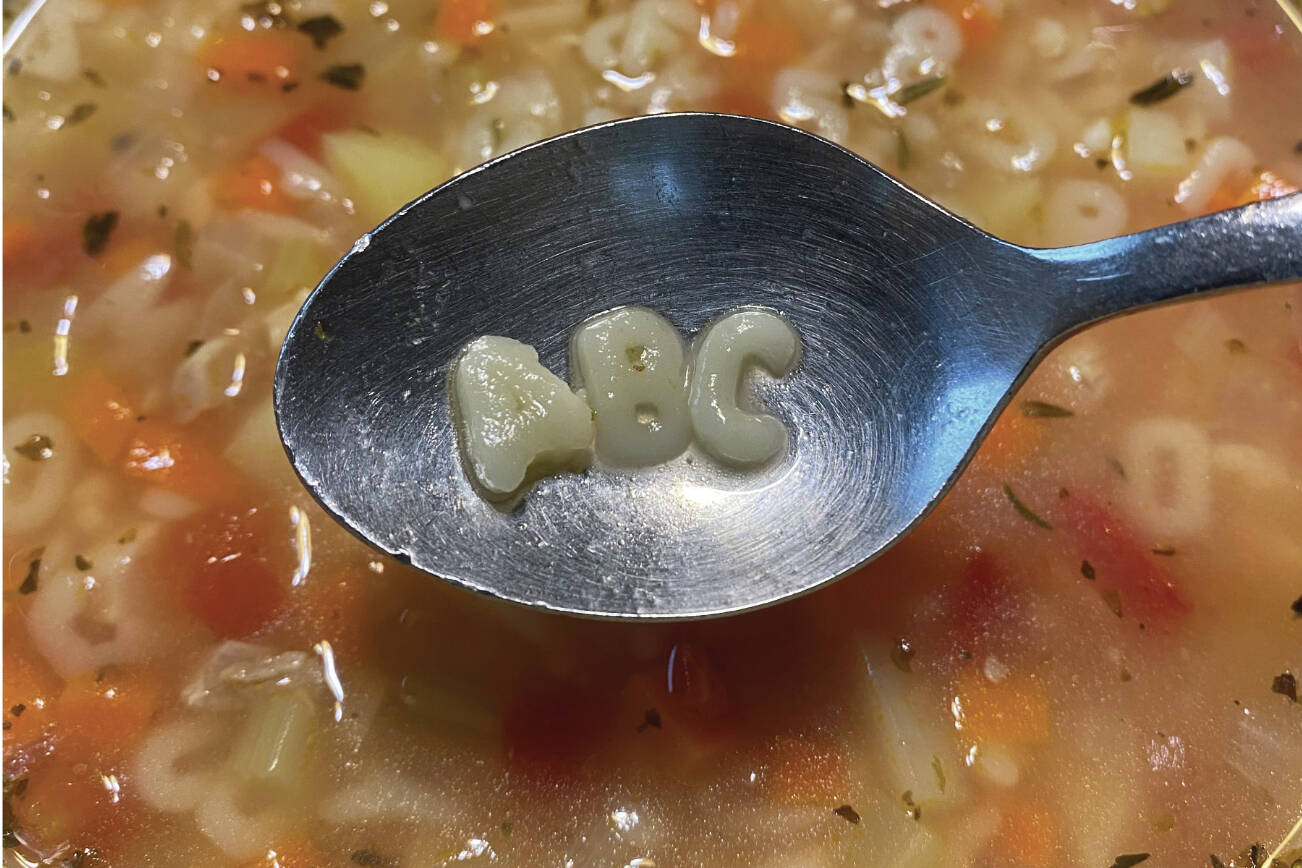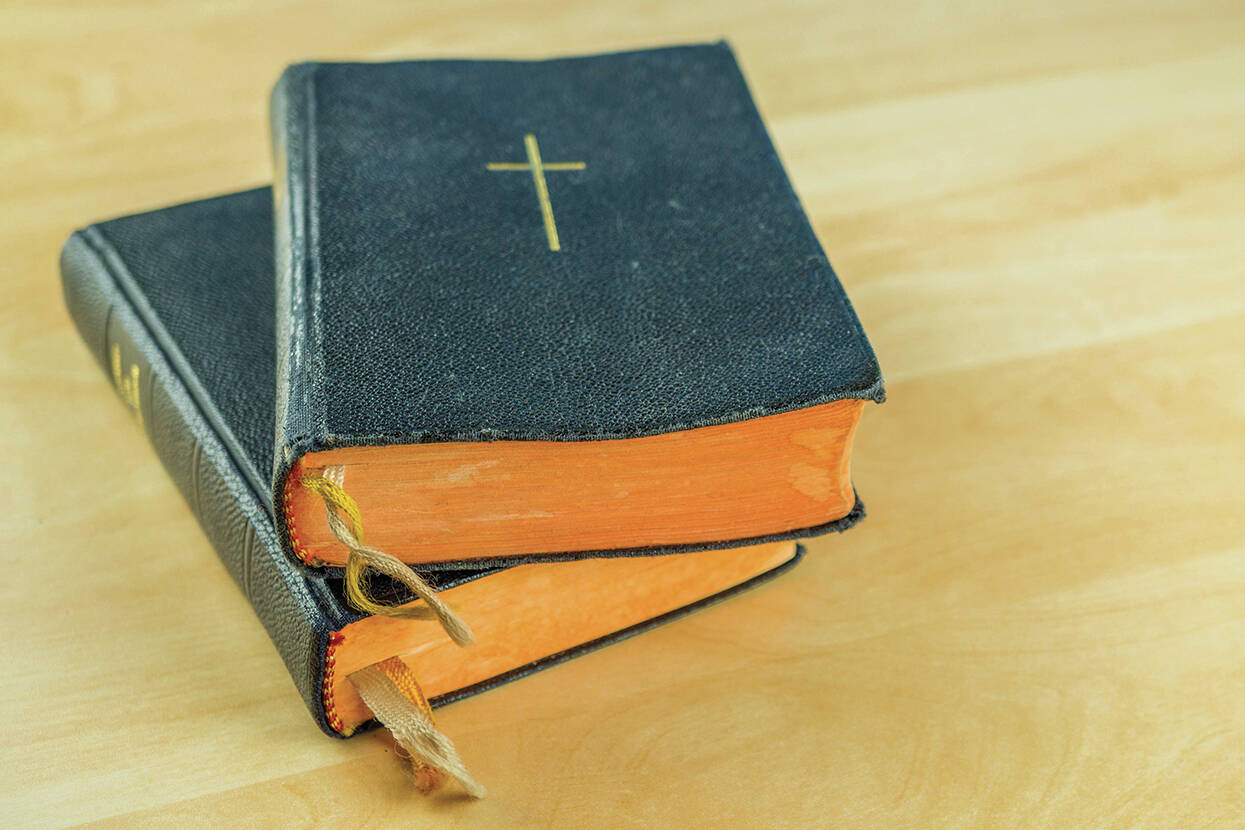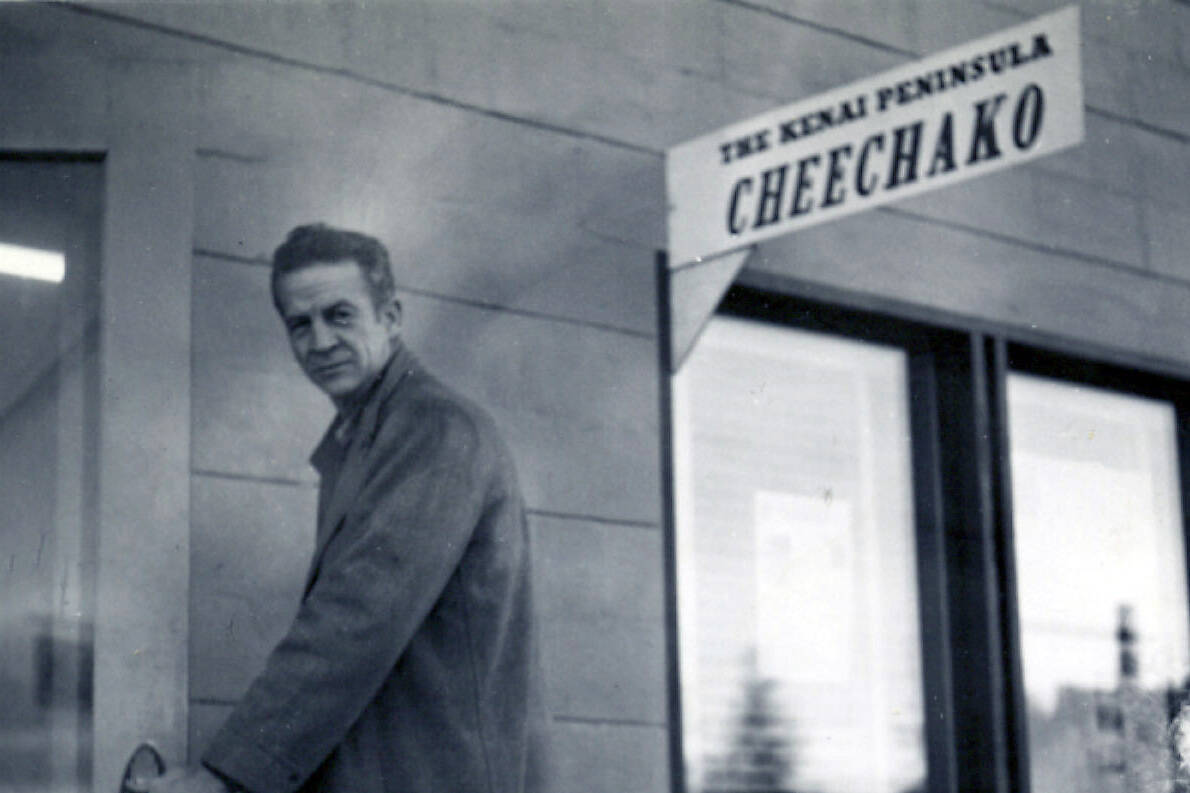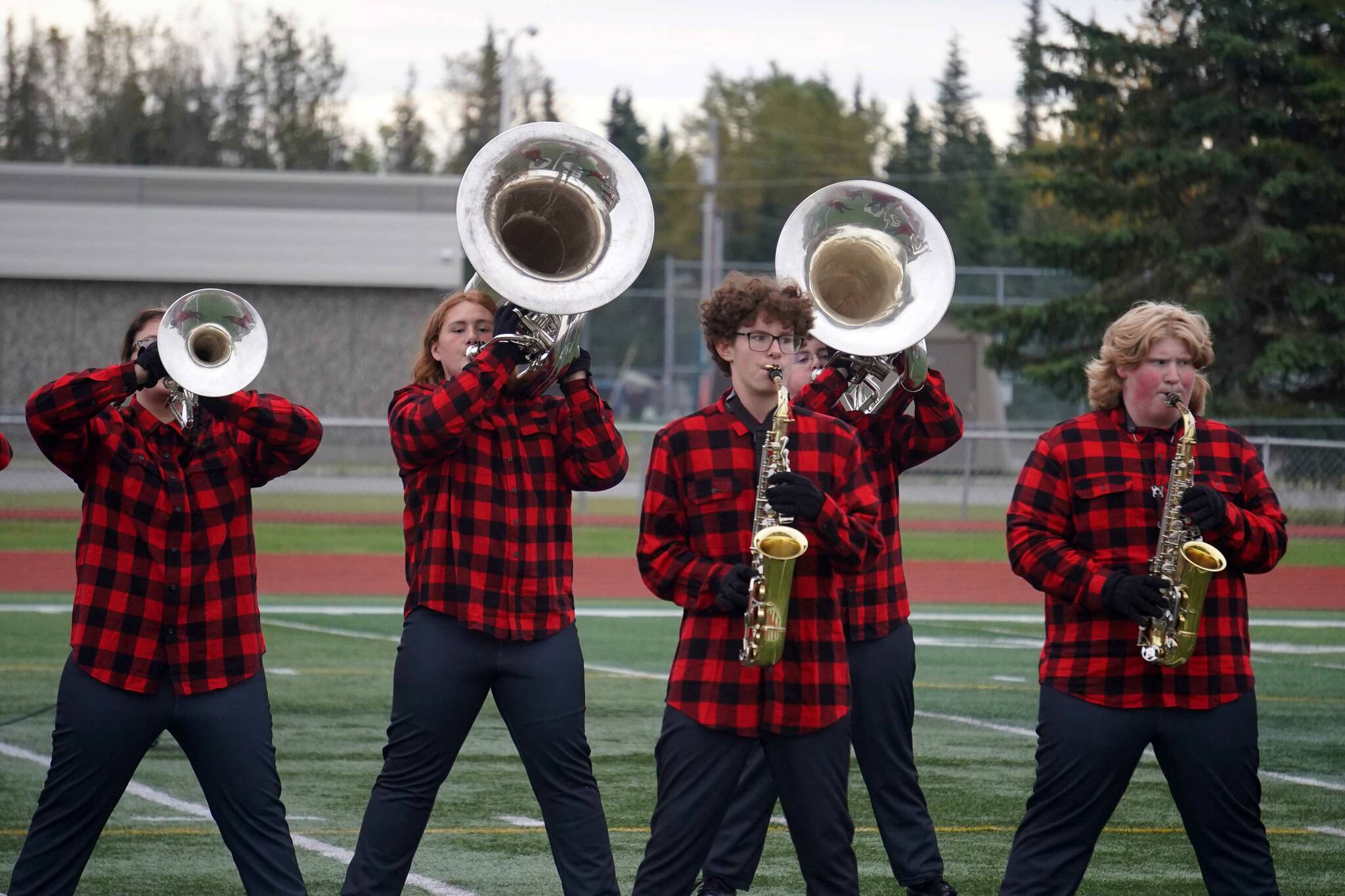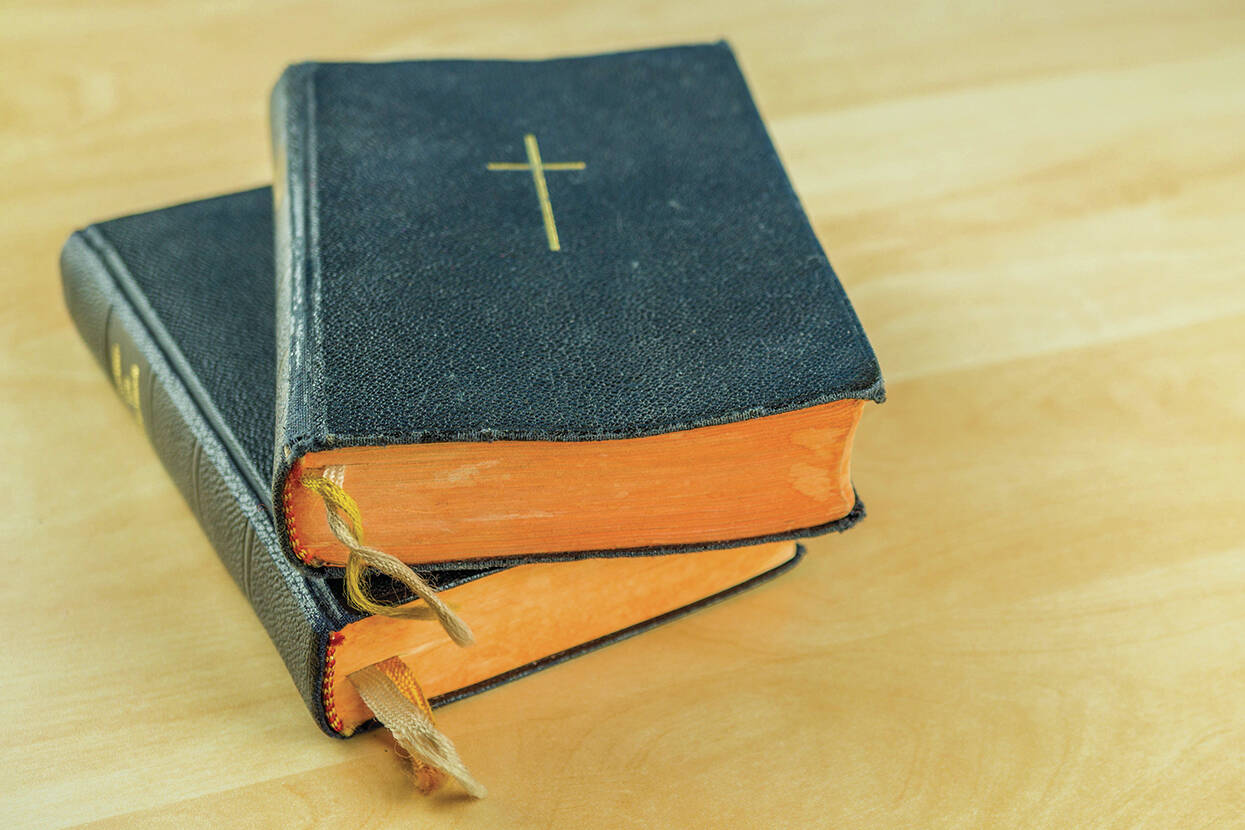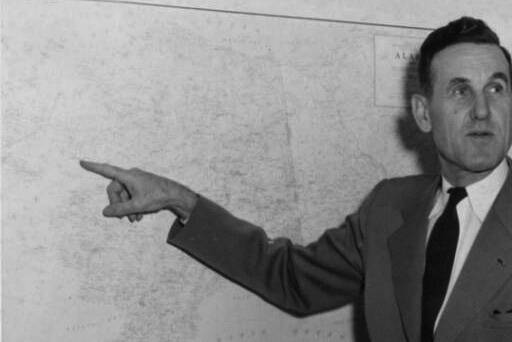As the new Assistant Fire Management Officer at the Kenai National Wildlife Refuge, many people ask what exactly my job entails. At least nine months of the year, my efforts are focused on wildland fuels treatments, in which we manipulate vegetation in specific areas so as to minimize the risk of wildfire impacts to communities, refuge infrastructure, and other resources found within and adjacent to refuge lands.
So what are those fuels treatments? The Refuge has several treatments identified for the next 5 years. These treatments vary in shape, size and location. Anyone who has lived on the Kenai Peninsula during the last two summers probably now realizes how important it is to be “FireWise” — preparing your home, property, and surroundings in a way that can withstand a wildfire, or provide firefighters the advantage during firefighting efforts.
Fuels treatments implemented on the Refuge are a way to “FireWise” refuge lands by lessening the threat of a fire that wants to move off the Refuge onto private or other lands. Kenai Refuge spent 15 years planning and implementing the shaded fuel treatment along Funny River Road, the one that ultimately helped firefighters take a stand against the Funny River Fire. This treatment was well worth the investment as it helped save thousands of homes and millions of dollars’ worth of private property and infrastructure. The effectiveness of these refuge treatments can be enhanced if they are complemented by fuel reductions on private land.
What do fire managers do in the winter? Winter is our busy time to get ready for the next fire season. This is when we make changes based on lessons learned and put those into practice during planning. Winter is also a great time to implement treatments. We can take advantage of the frozen ground and use heavy equipment to manipulate fuels without the risk of damaging surface vegetation while reducing potential impacts to wetlands and wildlife. The problem with using equipment later in the spring and summer is that the risk of sparking a fire increases then.
What about the risk of wildlife disturbance? While we can never fully mitigate this, we can reduce those impacts by doing our work in the winter when the seasonal residents of the Kenai Peninsula (migratory birds) are not here breeding and nesting. This is especially true for ground nesting birds like juncos and resident spruce grouse.
We can also take advantage of the high moisture in fall and winter to safely ignite slash piles that were created from fuels treatments. Usually these piles contain smaller sized branches and wood left over from the thinning, limbing, and bucking of fuels within the treatment area. Burning piles while snow is on the ground is the best way to dispose of those excess fuels while reducing the risk of the fire escaping.
See FIRE, page C-2
As we near the shortest day of the year, it seems odd to consider fire danger, but winter is also a great time to limb trees and clear brush to increase the defensibility of your home. Next time you’re driving north out of Soldotna, take a close look at the sign in front of the Kenai/Kodiak Forestry Office. It doesn’t say “Fire Danger is Low Today” — no, of course fire danger is low in the winter — it says “Firewise Your Property”! What a great message! Home and land owners who live in that transition area we call the Wildland Urban Interface absolutely need to be proactive in protecting their property from wildfire.
Kenai National Wildlife Refuge will continue to do its part too by designing and implementing fuels treatments along our boundary to lower the risk of a wildfire coming off of the Refuge and onto private land. Wildlife benefits are also considered when designing these treatments. Our fire program is focused on protecting communities, providing information, and utilizing fire as a natural process on the landscape.
My family and I have felt so welcomed by, and are delighted to be a part of, the central Kenai Peninsula. Arriving in August, we’ve discovered the unique beauty of this place. I encourage all residents from private land owners to public land managers to maintain this beauty and make it better where we can. Fuels treatments themselves are not all that glamorous to look at, but it’s what they represent and how they function that will help maintain this landscape for our current and future generations.
Mike Hill is the new Assistant Fire Management Officer the Kenai National Wildlife Refuge. Find more information at http://www.fws.gov/refuge/kenai/ or http://www.facebook.com/kenainationalwildliferefuge.

